Columbia Icefield - Alberta In Canada: Overview,Prominent Features,History,Interesting facts
Overview:
is a mountain massif located in the Canadian Rockies. It is the largest icefield in the Rocky Mountains and sits about halfway between the provinces of Alberta and British Columbia. It is home to the Athabasca Glacier, the most-visited glacier in North America and is part of the Columbia Icefield, one of the largest accumulations of ice and snow south of the Arctic Circle. The icefield covers an area of 325 square kilometers and is 780 meters thick in places. The Columbia Icefield is the source of many rivers including the Columbia River, North Saskatchewan River, and Athabasca River which flow to the Pacific, the Arctic, and the Atlantic Oceans, respectively. You can learn history, culture, and heritage through these magnificent monuments in Canada
Prominent Features:
1. Columbia Icefield: The Columbia Icefield is one of the largest accumulations of ice and snow south of the Arctic Circle and covers approximately 325 square kilometers of land in the Canadian Rockies of Alberta, Canada. This huge winter landscape is larger than most of the world’s major metropolitan cities and its mile-high summit towers over the surrounding terrain. 2. Glacier Adventure: At the Columbia Icefield, visitors can take a tour in the famous Ice Explorer, an adventure vehicle designed to traverse the glacier safely. The tour includes breathtaking views of the snow-covered peaks, ice sculptures, and crevasses of the Athabasca Glacier. 3. Skywalk: Enjoy panoramic views of the Columbia Icefield and the entire Canadian Rocky Mountain range from the Glacier Skywalk, a glass-floored observation platform that has been built over the edge of a cliff with a stunning 918-foot drop below. 4. Athabasca Glacier: The Athabasca Glacier, the largest of the six Columbia Icefield Glaciers, is an impressive contrast to the surrounding snow-covered mountains and is visited by hundreds of thousands of tourists every year. Traveling on the Ice Explorer over the glacier gives visitors an amazing opportunity to view the ice that is thousands of years old. 5. Wildlife Spotting: The Columbia Icefield is home to a variety of wildlife, including bighorn sheep, mountain goats, wolverines, and marmots. Visitors also have the chance to see bald eagles, although these beautiful birds of prey are usually seen in the summer and autumn seasons. This national monument of Canada portrays the history and culture of the country.
History:
The Columbia Icefield is located in the Canadian Rocky Mountains of Alberta and British Columbia. It is the largest ice field in the Rocky Mountains and the largest non-polar ice field in the world. The ice field covers an area of over 325 square kilometers and is fed by six major glaciers. The area has been inhabited by Indigenous peoples for centuries, and attracted non-Indigenous settlers in the 19th century who were drawn to the robust fisheries in the Banff and Jasper areas. The first recorded exploration of the area was in 1827 with the Palliser Expedition, led by Captain John Palliser and assisted by topographer James Hector. The expedition mapped the area and identified several mountains in the area, including Mt. Columbia which was named after Queen Victoria's ship. The 1930s and 1940s saw increasing tourism and development in the area with the construction of the Banff-Windermere Highway in 1932 and the opening of Brewster Tours in 1940. The Brewsters offered tours of the Columbia Icefield, which became increasingly popular. In the mid-1990s, Parks Canada worked in partnership with the governments of Alberta and British Columbia to develop the Columbia Icefield Corridor. This corridor protects critical terrain for wildlife and provides an important pedestrian access route for those wishing to explore the area. Today, the Columbia Icefield is one of the most visited destinations in the Canadian Rockies. The Icefield serves as an important source of water for the Bow River and the Athabasca River, and the total area experiences about 300,000 visitors annually. Effective management of the area and its resources is important for the health of the downstream ecology and watershed. You must visit one of these historical places in Canada on your Canada tour
Interesting facts:
1. The Columbia Icefield is the largest ice field in the Rocky Mountains of North America. It covers about 325 square kilometers (150 square miles) of the Columbia Mountains in Alberta and British Columbia. 2. The Columbia Icefield is made up of six vast glaciers – the Athabasca, Chephren, Stutfield, Saskatchewan, Castleguard and Vulture Glaciers. 3. The Columbia Icefield is fed by snowfall from nearby mountains, and that snow is compacted by pressure into ice. The gradual movement and shifting of the ice is what creates the glaciers. 4. The Columbia Icefield has been retreating since before the 19th century due to global warming. The Athabasca and Chephren Glaciers are some of the most dramatic examples of this, having shrunk significantly since the 1950s. 5. The Columbia Icefield is the source of some of the greatest rivers in North America, including the Columbia, the North Saskatchewan, the Athabasca and the Fraser. 6. The most accessible viewpoint to see the Columbia Icefield is from the Icefields Parkway, the scenic mountain highway that connects Jasper and Banff National Parks. Here visitors will be able to see an example of the glacial moraine, which is a large mass of rock, gravel and sand dropped by the retreating glacier. Visit one of the famous monuments of Canada with your friends and family.
Explore Canada most popular tourist destination with us. Columbia Icefield - Alberta In Canada: Overview,Prominent Features,History,Interesting facts,which is 35.14 km away from Canada main town, is the most popular destination to add in your travel wishlist.
-
City:
Canada
-
state:
Columbia Icefield, Alberta
-
country:
Canada
-
country code:
CA
-
postcode:
010
Location:
Columbia Icefield, Alberta Canada
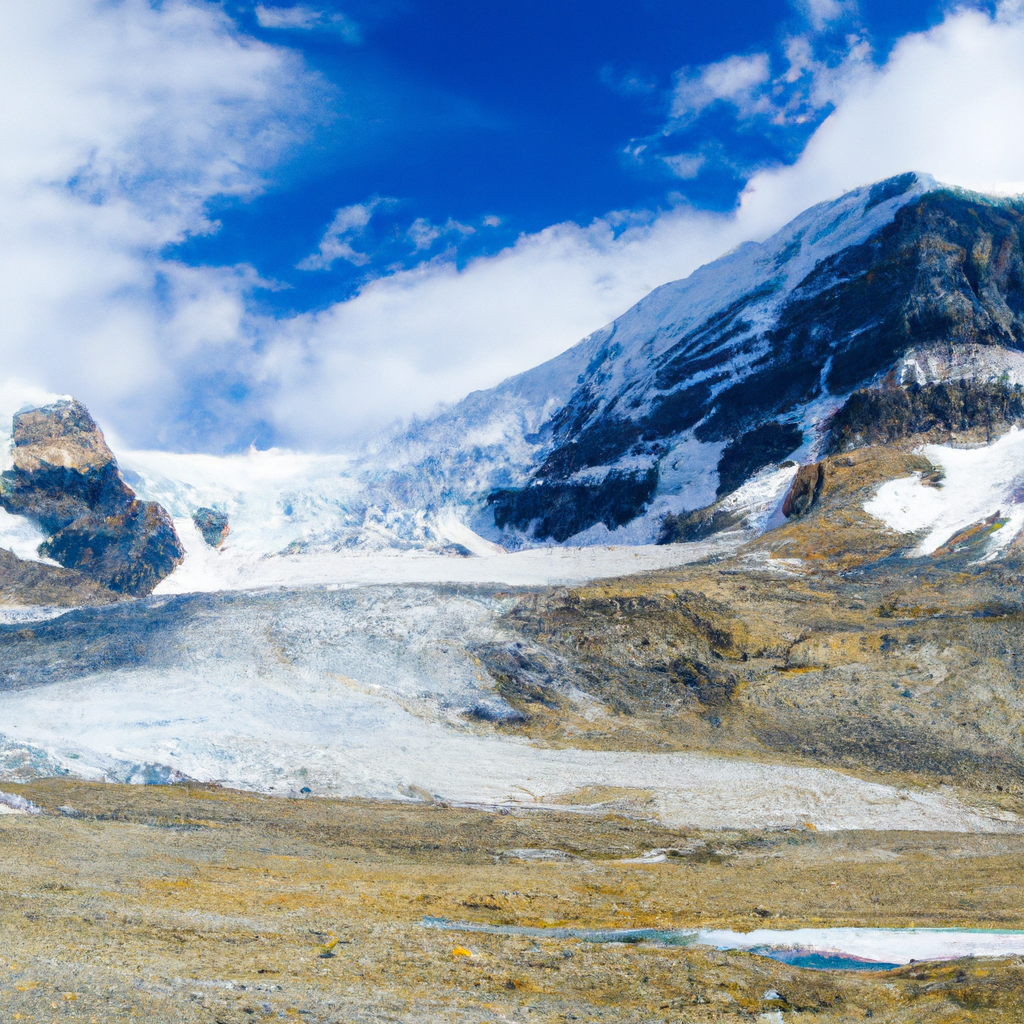
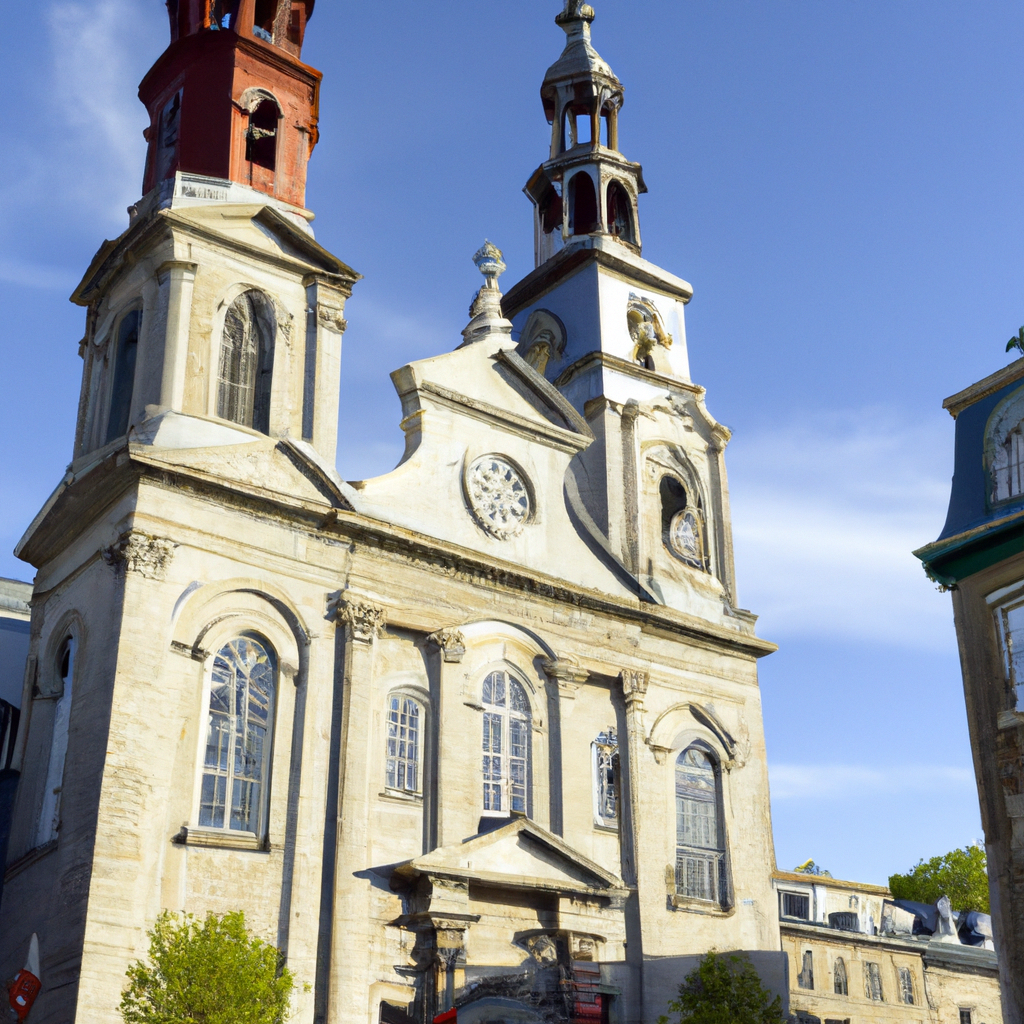

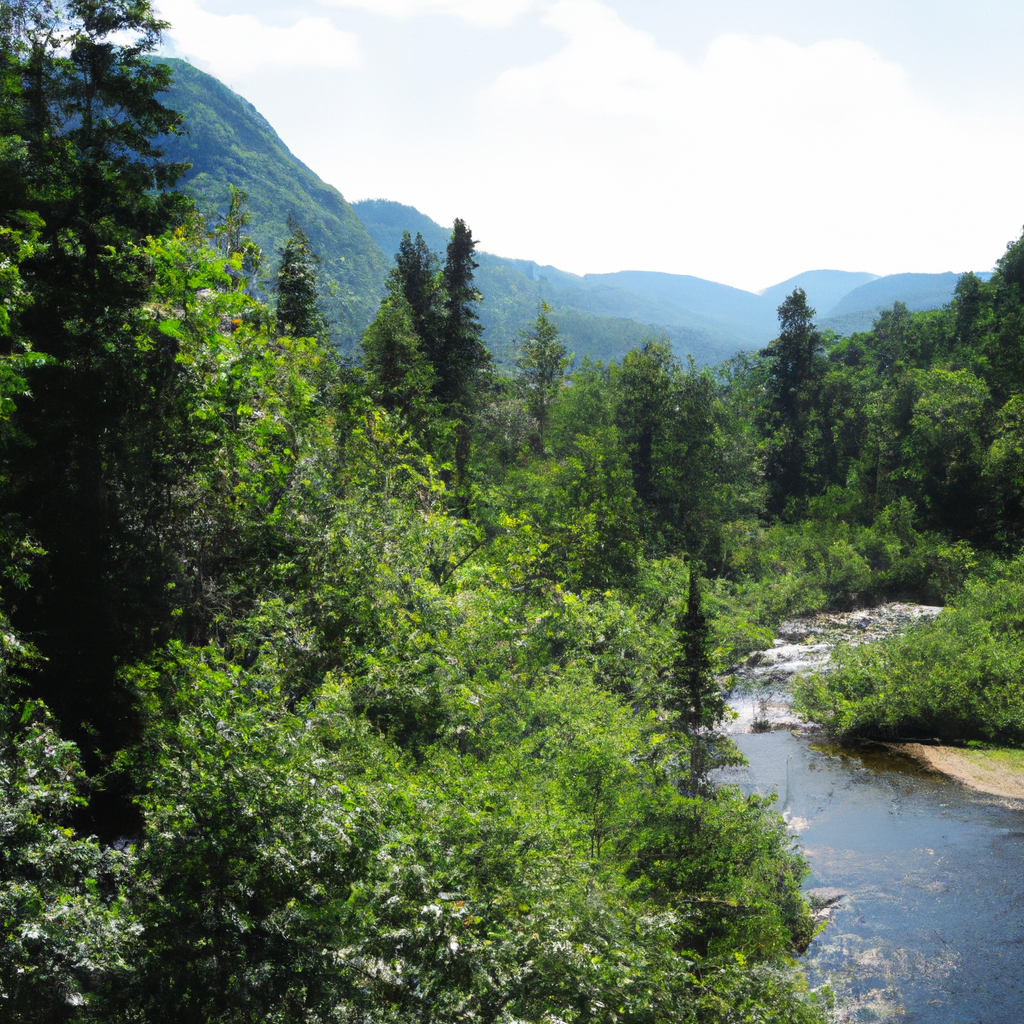
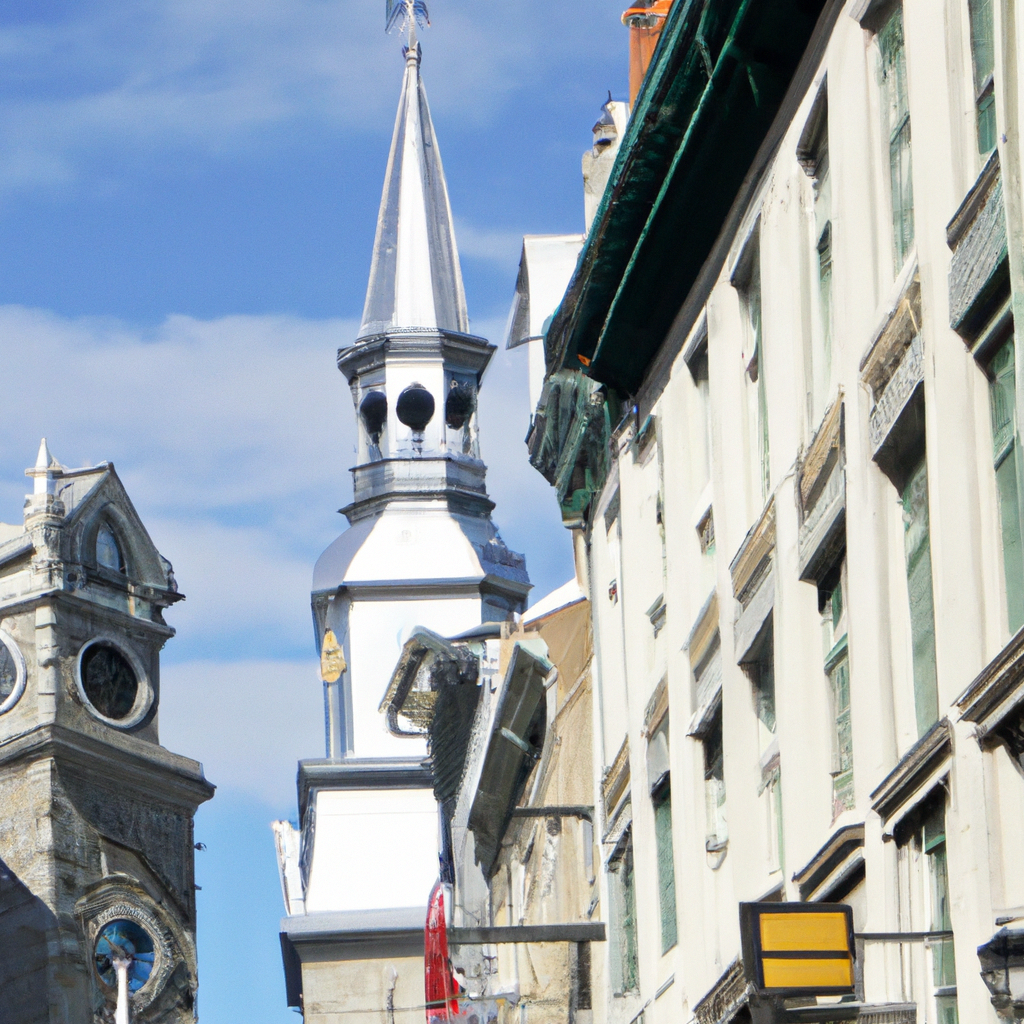
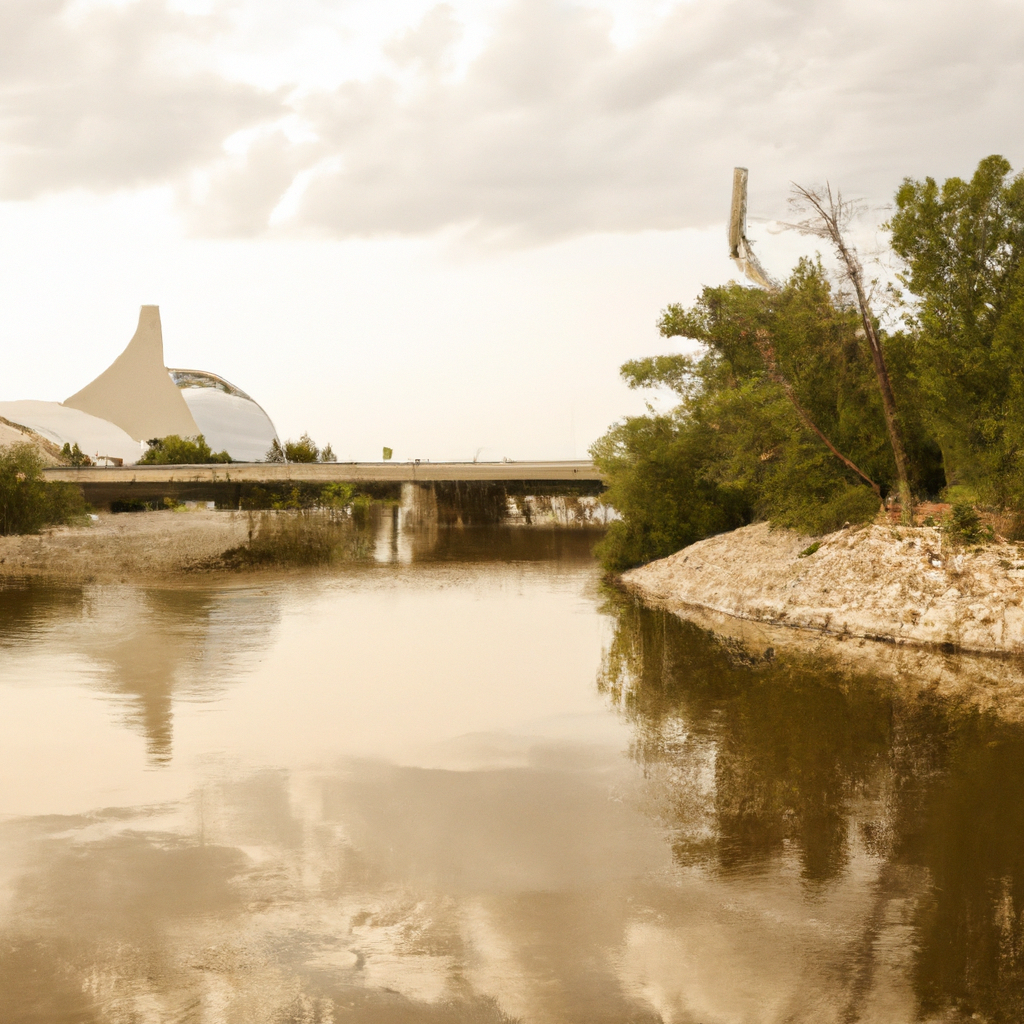
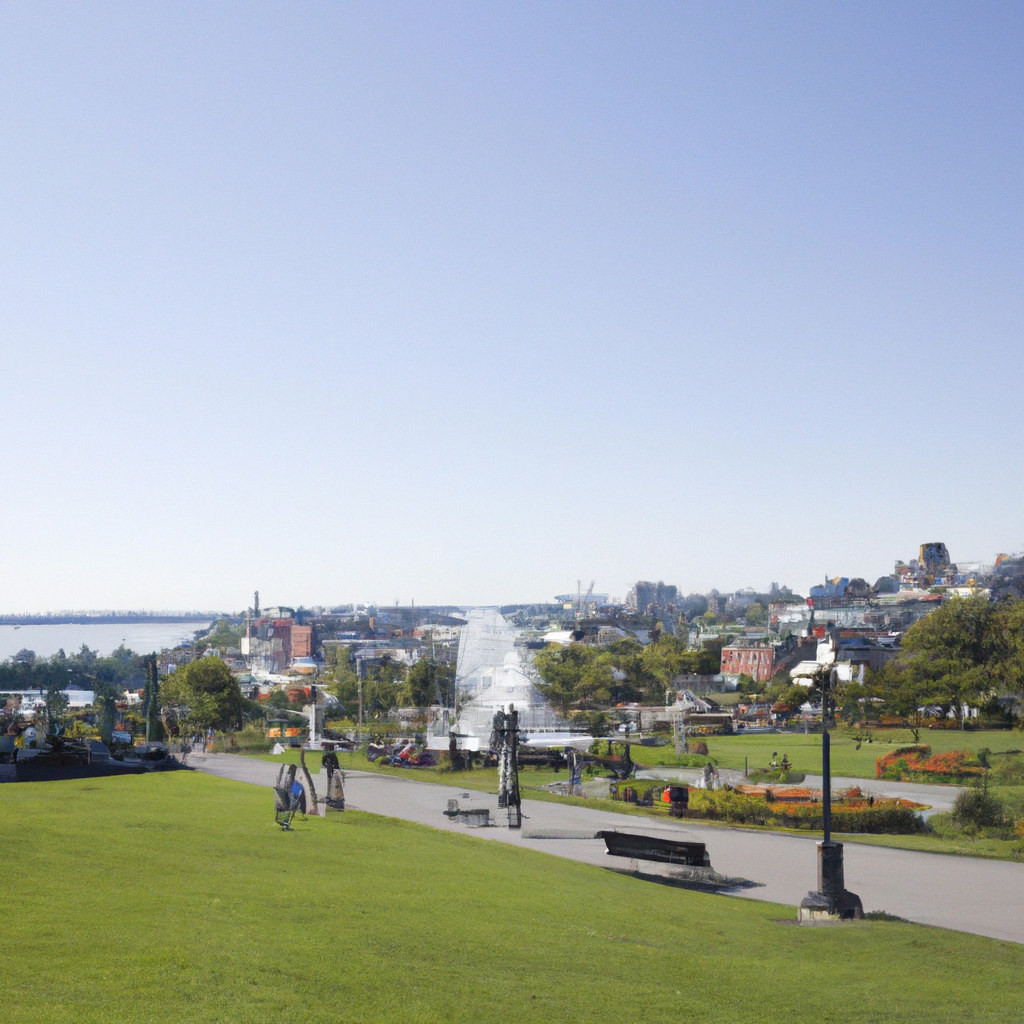



.jpg)





